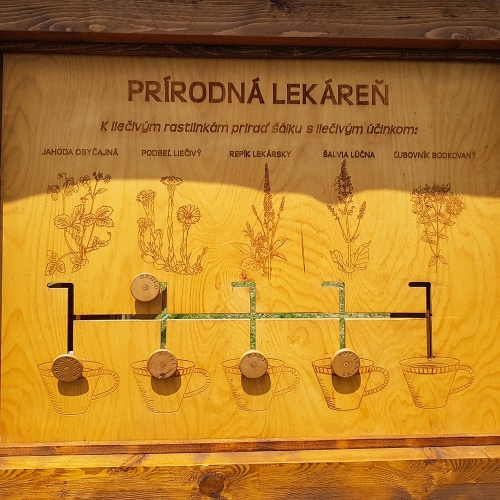Environmental education and tourism in mountain national parks
Dates: 01.06-07.06.2025
Type:study-tour
Group: 11 people
Price: 1190 €
The study-tour aims to get acquainted with the successful experience of tourism development and education in the mountain national parks Slovak Paradis, Pieniny and Tatra (Slovakia) and Aktelek (Hungary). The peculiarity of all these national parks is their proximity to large cities and, accordingly, a huge anthropogenic pressure – thus, the High Tatras and Pieniny NPs are visited by about 2 million tourists annually, Slovak Paradise – about 750 thousand. Each park has its own know-how in managing the flow of visitors and creating a system of effective environmental education.
The Slovak Paradis NP has a unique system of routes in canyons equipped with metal and wooden ladders, bridges and other structures that require regular repairs. Repairs are done by the village, but the village also charges a fee to enter the canyon. Local businessmen (who consider the park a hen laying golden eggs) have bought up the land around the park and are engaged in ‘soft’ development of tourist infrastructure themselves, not allowing either foreign investors or capital oligarchs, believing that they will spoil the landscape and it will lose its charm.
What happened in the neighbouring Tatra Park, where big business drove out local small businesses, huge hotels and ski resorts sprang up, the main benefit of which is the oligarchs…. But the park has been destroyed in some places, the composition of tourists has changed, and people who love and appreciate nature hardly go there. It is not so easy for directors of Slovak parks to ‘keep the defence’ and defend the interests of nature protection and development of ‘soft’ tourism, and here we have a vivid example of neighbouring parks, equally attractive for tourism development, but in one park management did not break before the interests of business, and the second could not withstand the pressure….
In Pieniny NP the technology of equipping and maintaining mountain routes and the system of excursions by external guides, who are trained and certified in the park, are interesting. The park pays special attention to the preservation of the cultural landscape and architectural traditions and actively educates different groups of people and tourists on this topic. The park has several unique architectural monuments on its balance sheet. The business model of Polish parks is interesting, when about one third of the park’s income is financed by entrance fees to trails, castles, excursions, educational programmes, etc. The funds stay in the park and are invested in building new infrastructure or repairing/restoring existing infrastructure.
The unique Baradla Cave is the calling card of the Aktelek National Park, attracting tens of thousands of tourists from all over the world every year. The cave is equipped with a system of routes and excursion programmes have been developed. The park works with local entrepreneurs to ensure that local farmers’ products are used in restaurants to serve tourists, develops souvenir production and involves farmers in the process of serving tourists, for example, by developing and promoting joint equestrian routes.





























